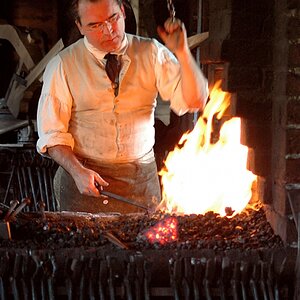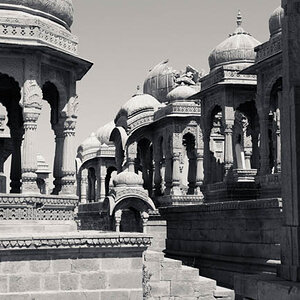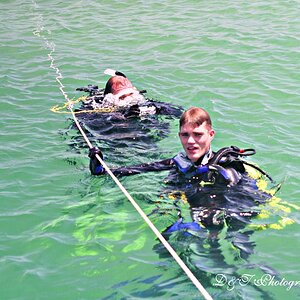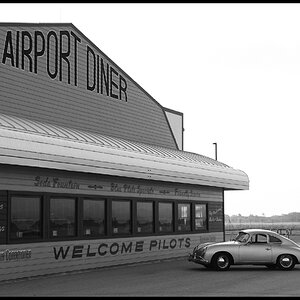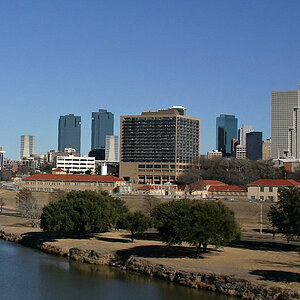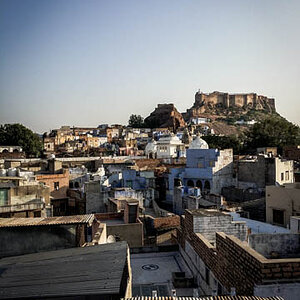iluvphotography
TPF Noob!
- Joined
- May 5, 2006
- Messages
- 132
- Reaction score
- 0
- Location
- Vancouver, Canada
- Can others edit my Photos
- Photos OK to edit
I recently went to watch a triathlon race that a few of my friends were doing and was trying to take some shots... and I found it very difficult since it was an overcast day and some parts of the race was through thick forrest..So I was struggling since I couldn't use a fast shutter speed because there were not enough light, and as I was kinda far from the action the flash was no use... most of my pictures were blurry..I also found it hard to focus as everything was so fast... Do you know what should have I done?? BTW I don't have fast lens... Just an 18-55mm and 75-300mm.



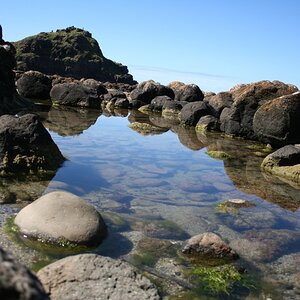
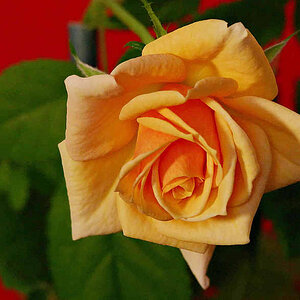
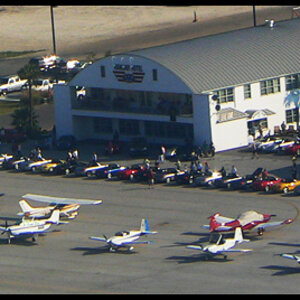
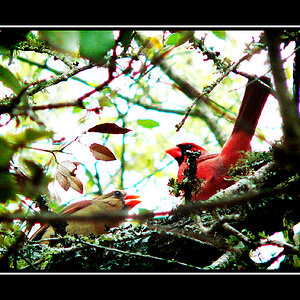
![[No title]](/data/xfmg/thumbnail/37/37605-90c8efaef5b7d1f52d4bf8e7dfd33673.jpg?1619738148)
